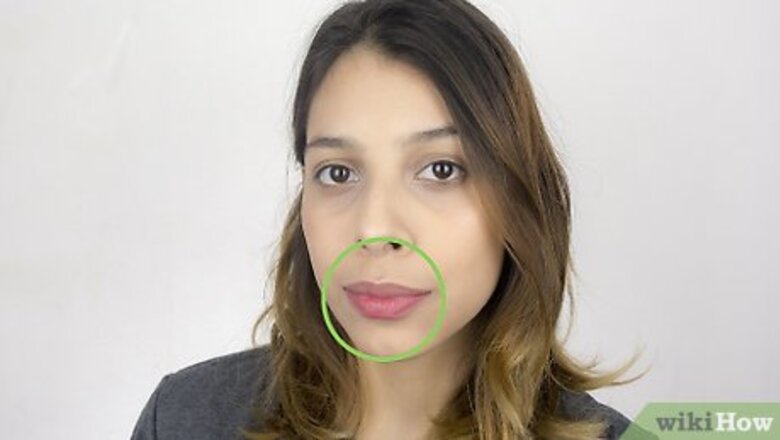
views
Performing a Smirk
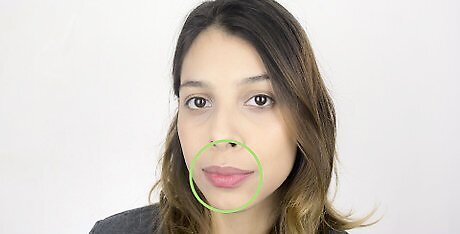
Keep your lips closed. Unlike smiles, smirks generally don't show teeth. This is logical - a smirk doesn't convey open, candid happiness, but rather sly amusement. Keep your lips together as you smirk, but don't purse or hide your lips - just let them stay in their normal, loose, resting position. A good rule of thumb is that your smirk shouldn't require any exceptional effort on your part. Smirking without your lips closed can come across as bizarre or even creepy - some people find that doing this makes them look like old-fashioned gangsters.
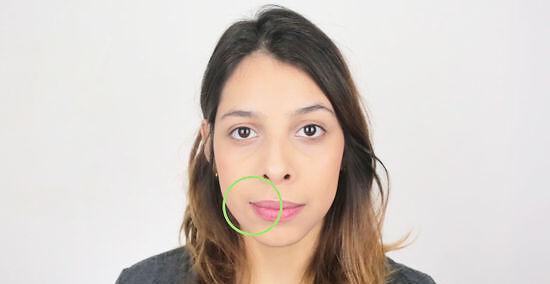
Smile with one half of your mouth. Keeping your lips together, pull one corner of your mouth up in a sort of crooked half-smile. You shouldn't need to use too much force to do this - smirks look best when they're effortless, not strained. Many people's smiles aren't perfectly symmetrical, so one side of your smile may work better for smirking than the other. Practice in a mirror to determine which side of your smirk is best.

Alternatively, smile so that only the corners of your mouth go upwards. One variant on the basic one-sided smirk is a smirk that's basically a very coy, "shallow" full smile. This is extra-tricky and not something everyone can do. Try to curl the corners of your mouth up slightly in an expression of subtle amusement. Don't smile too much, though - there's a thin line between a debonair smirk and a leering, grinch-like grin.
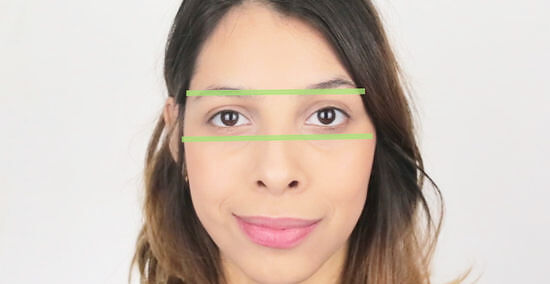
Maintain eye contact. Regardless of the style of smirk you choose, the way you use your eyes can make or break your smirk. Ideally, your eyes should help "back up" whatever emotion you're trying to convey by smirking. If you're cockily flirting, show confidence by looking the person you're smirking at in the eyes with a smoldering gaze. If, on the other hand, you're just expressing mild amusement at a joke you just heard, shoot a sly, knowing look out of the corner of your eye. Use common sense here. Don't leer at the recipient of your smirk for any longer than you normally would look at someone in the situation you're in - smirks can really creepy, really fast if accompanied with a stare.
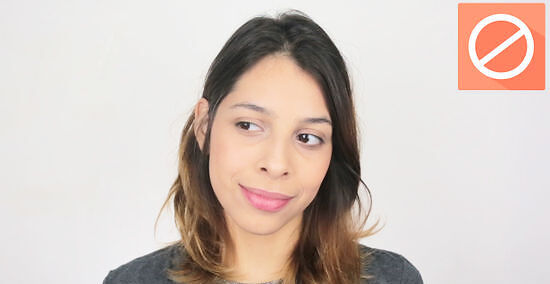
Don't raise your eyebrows or tilt your head. A common mistake many people make when smirking is to raise their eyebrows and/or cock their head to the side. With a few exceptions, this usually looks somewhat "cheesy" and insincere. Usually, when someone does this, they'll end up conveying a different emotion than they originally intended (befuddlement, for instance, rather than coy amusement). Smirks are usually best when they're subtle and shouldn't normally need to be heavily "telegraphed" or "hammed up", so avoid these attention-grabbing behaviors.
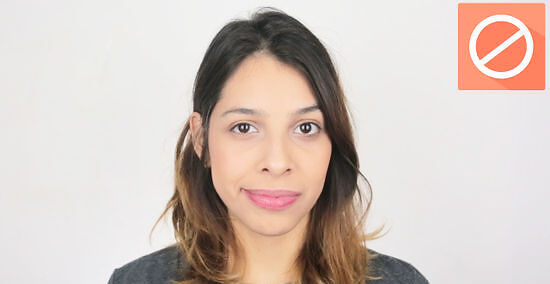
Don't try too hard. Whatever you do, when you smirk, don't look like you're trying to smirk. Smirks naturally convey a little arrogance along with whatever else you're trying to convey - it's just the way they usually look. If your smirk looks put-upon or otherwise insincere, you'll find that it may have the opposite effect as the one you intended. Remember - stay relaxed. Smirks are cool and confident, not attention-seeking. Don't smirk so that you can be seen smirking, but rather, smirk as a natural response to something happening around you.
Using Your Smirk

Smirk to convey sarcasm. One classic use for smirks is to show that something you're saying (or that you've just said) is intended sarcastically. For instance, you might adopt a subtle smirk after giving out effuse, ironic praise to convey that your previous remarks weren't 100% sincere.

Smirk to convey amusement. Smirks are somewhat confusing because they're used both to display sarcasm (as above) and to display actual, genuine amusement (albeit in a muted way). A smirk after hearing a good joke can be a silent, controlled way of showing that you found the joke somewhat funny. Conversely, a smirk after hearing someone make a good point during an argument can be a tacit admission that s/he is correct. Of course, in both of these situations, sarcasm also is a possible response, so it's crucial to have a keen eye for the context of the situation.

Smirk to be smarmy. Somewhere between sarcasm and amusement lies smarminess - a sort of detached, arrogant sense of enjoying one's self. Unsurprisingly , smirking can be used for this emotion as well! For starters, try smirking as you make a biting joke about someone to his or her face (in good fun, of course) or smirking as you list your own wonderful qualities.
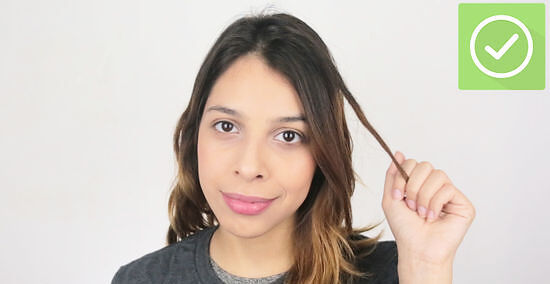
Smirk to flirt. Smirking is a great tool for sexy, confident people - men and women alike. Smirking shows self-satisfaction in a knowing, teasing, confident way - in short, when applied well, it's irresistible. Give a smirk to someone who's caught your eye on the dance floor for a fleeting moment as you walk past or shoot a smirk to the good-looking person at the end of the bar whose drink you just bought. You'll make a lasting impression of confidence and self-assurance that can open the door to exciting romantic possibilities!



















Comments
0 comment